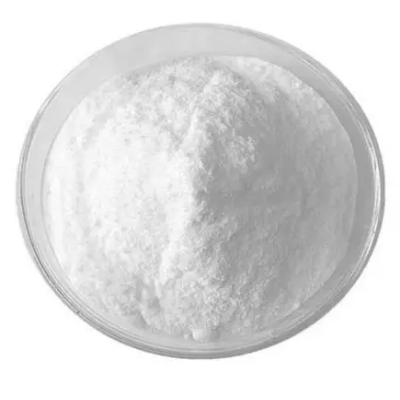1-(3,5-Dichlorophenyl)-2,2,2-trifluoroethanone CAS:130336-16-2
The synthesis of 1-(3,5-dichlorophenyl)-2,2,2-trifluoroethanone involves the reaction of 3,5-dichlorobenzoyl chloride with a trifluoromethylating agent. One common method for introducing the trifluoromethyl group is the use of Ruppert's reagent, which is a solution of trimethylsilane and hydrogen fluoride in tetrahydrofuran. This reagent can add the trifluoromethyl group to the carbonyl carbon of the benzoyl chloride. Alternatively, the synthesis can be performed using the Togni's reagent, a hypervalent iodine(III) compound, which can transfer the trifluoromethyl group to the carbonyl compound under mild conditions. The reaction between 3,5-dichlorobenzoyl chloride and the Togni's reagent would yield the corresponding trifluoromethyl ketone. The resulting 1-(3,5-dichlorophenyl)-2,2,2-trifluoroethanone can be used as a building block in the synthesis of a variety of pharmaceuticals and agrochemicals. The presence of the trifluoromethyl group enhances the drug-like properties of the molecule, while the dichlorophenyl moiety can contribute to its biological activity. The compound can be further functionalized to create more complex molecules, such as by the introduction of additional substituents on the phenyl ring or the modification of the ketone functionality. The stability of 1-(3,5-dichlorophenyl)-2,2,2-trifluoroethanone is influenced by the presence of the trifluoromethyl group, which is a strong electron-withdrawing group, and the dichlorophenyl group, which can undergo further substitution reactions. Care must be taken when handling this compound, as it may be sensitive to moisture and light, and it should be stored under appropriate conditions to maintain its stability and purity.



| Composition | C8H3Cl2F3O |
| Assay | 99% |
| Appearance | white powder |
| CAS No. | 130336-16-2 |
| Packing | Small and bulk |
| Shelf Life | 2 years |
| Storage | Store in cool and dry area |
| Certification | ISO. |


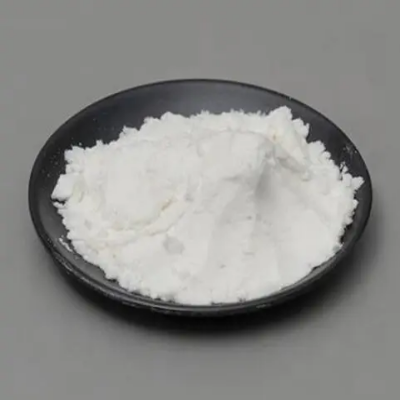
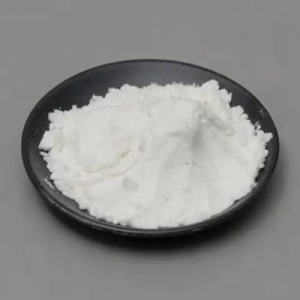
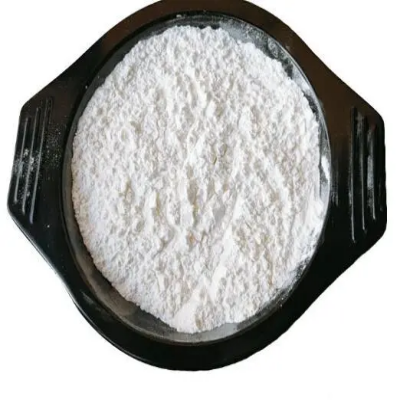
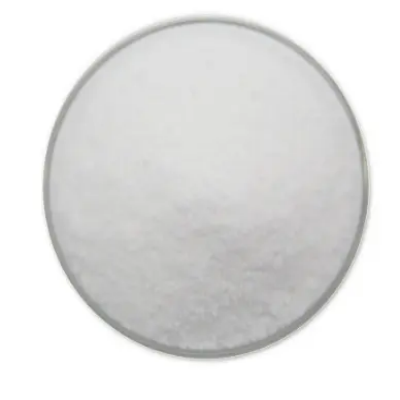

![Rhodium, di-m-chlorobis[(1,2,5,6-h)-1,5-hexadiene]di- CAS:32965-49-4](https://cdn.globalso.com/xindaobiotech/VMLV8UWXAZ0XBLS6M1.png)
